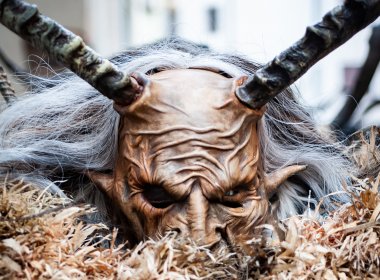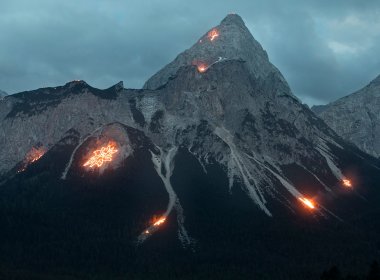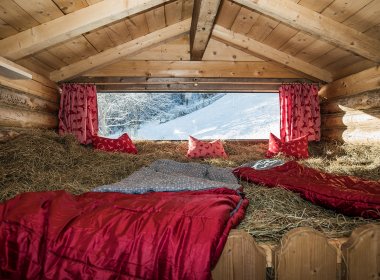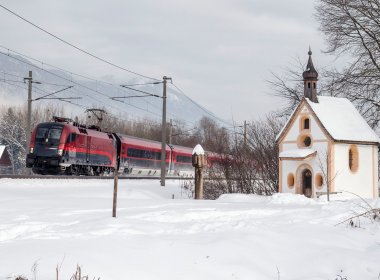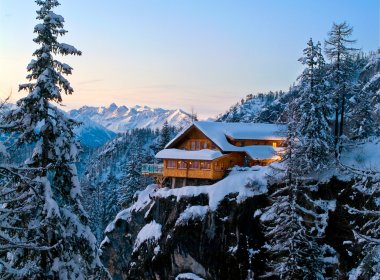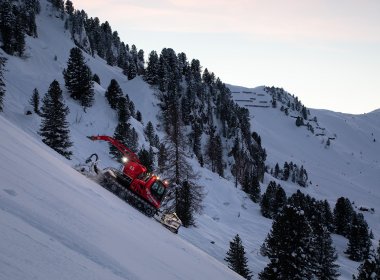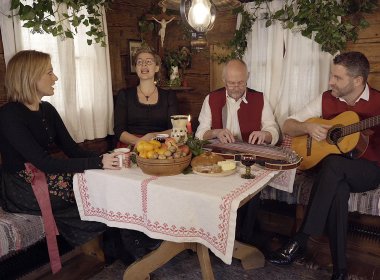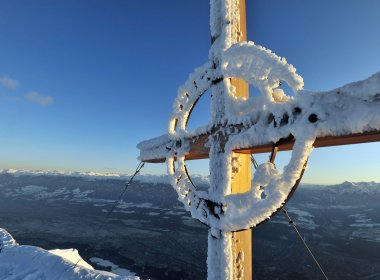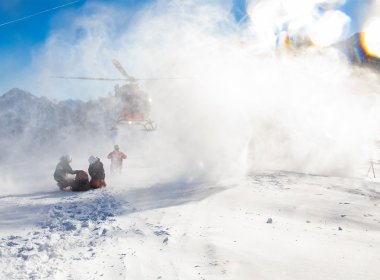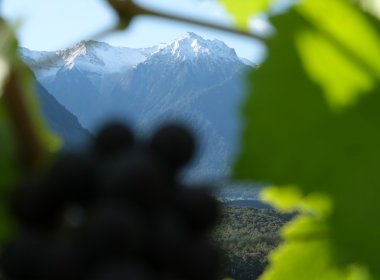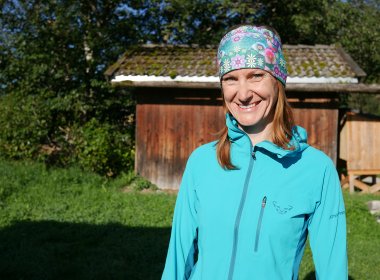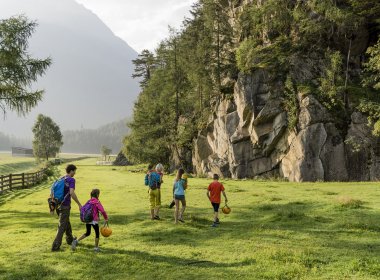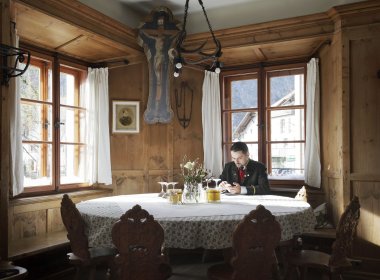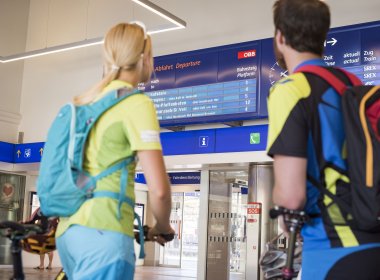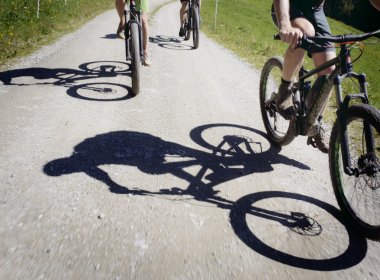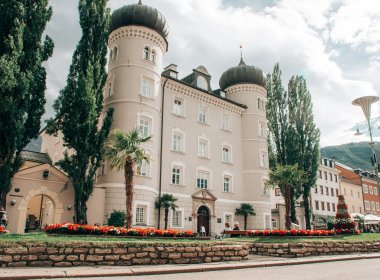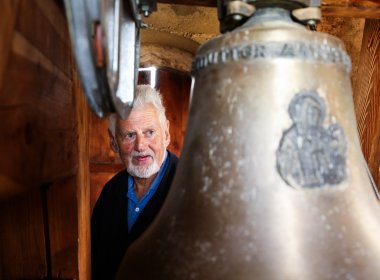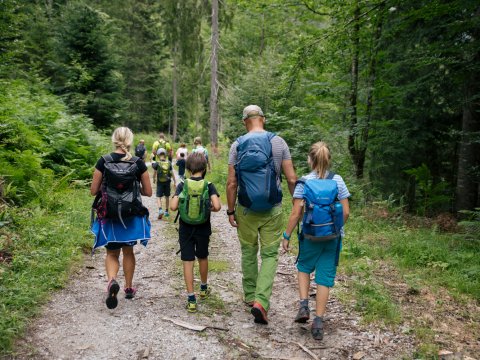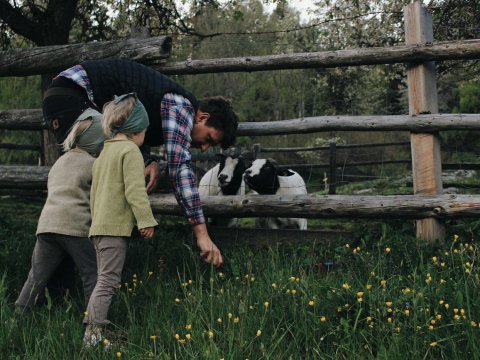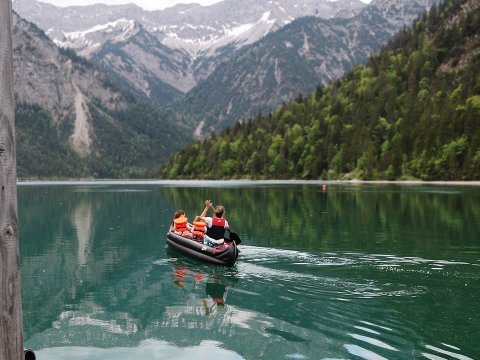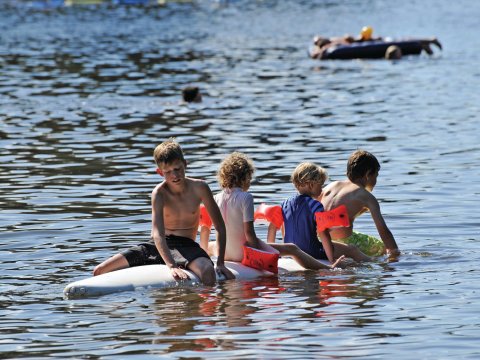15 Ultimate Hacks for Your Next Tirol Ski Vacation
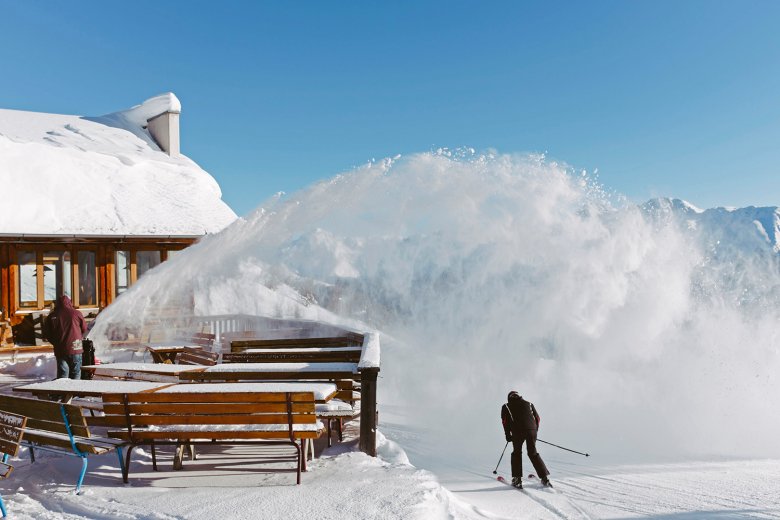
Stinky ski boots? Cold hands? No cabin rental for New Year’s Eve? Awesome days on the hill can quickly turn unpleasant if you’re not prepared. So here are some hacks to help your day run that little bit smoother and prepare for an awesome ski trip to Tirol this winter.
1. Go during Advent Season
Ski season begins in early December at most ski resorts in Tirol, making those first few weeks until Christmas a wonderful option for a ski vacation. There are fewer crowds, along with the opportunity to soak up some authentic traditions and customs, like St. Nicholas day celebrations, Krampus Processions and strolls across lovely Christmas Markets. By the way, glacier ski season begins in November at resorts like Hintertux, Kaunertal, Pitztal and Sölden.
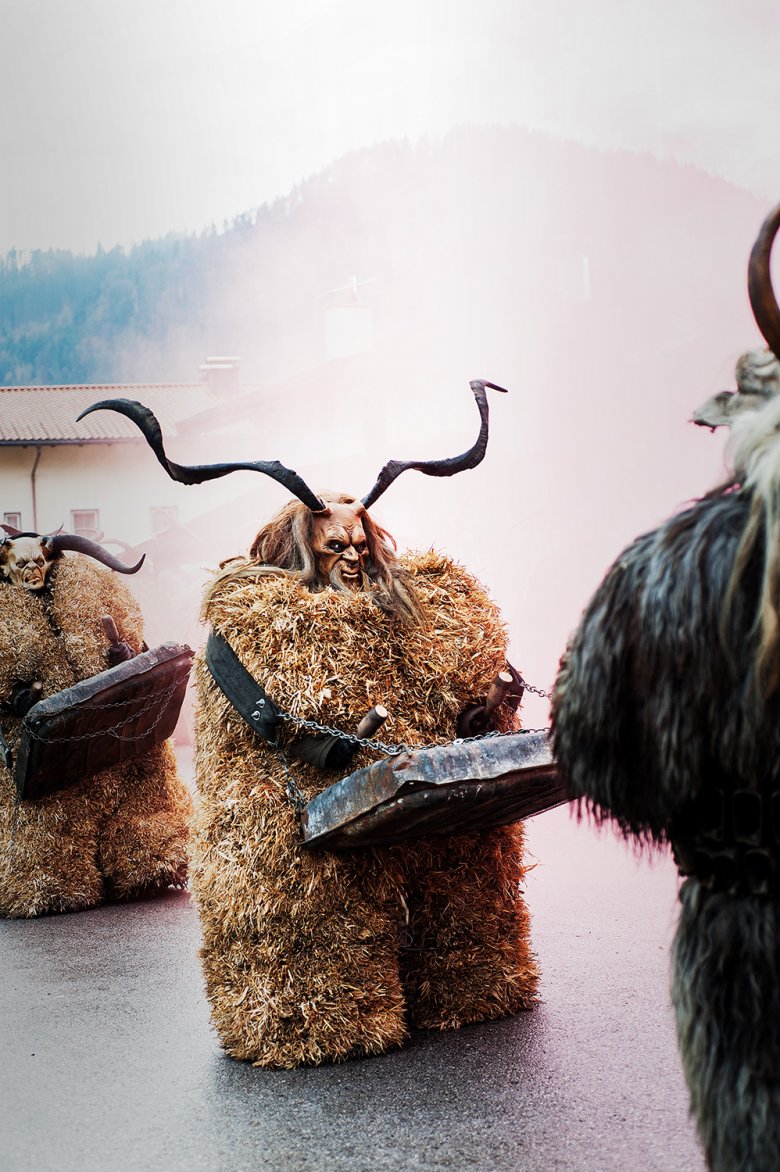
2. Book Your New Year’s Cabin Rental Soon
It’s hard to beat New Year in a ski resort! Perhaps you already have plans to spend New Year’s Eve cozy in your Tirol mountain cabin rental, in front of a fire… so be sure to make your reservation soon! Whether you want to celebrate a romantic New Year’s Eve as a couple, or throw a party for your family and friends, some mountain cabins are booked out two years in advance. Make your New Year’s Eve truly special with a stay at quaint Alfenalm in East Tirol or rustic Kohler Hut in Zillertal Valley. If you prefer to ring in the New Year somewhat more luxurious, Stanglwirt’s Hüttlingmoos Cabin will perfectly suit your needs..
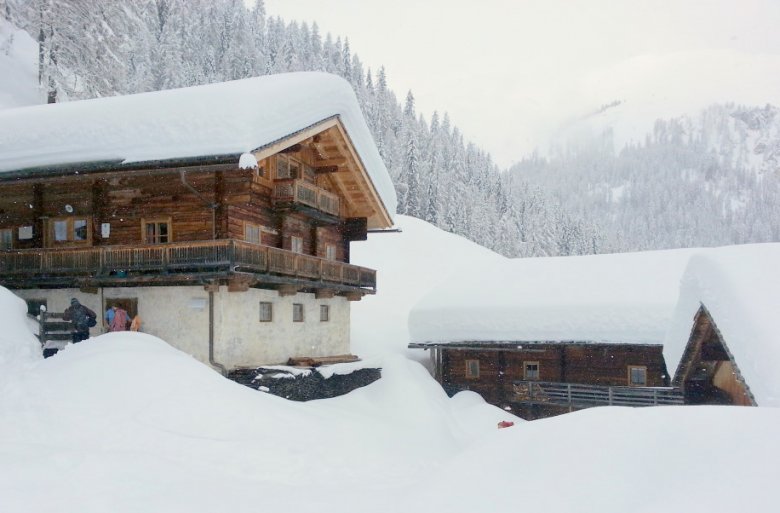
3. Avoid Peak Travel Times
If you can avoid the peak times like Christmas and New Year, you will reap the rewards with empty slopes and no queues in Tirol in January. If you visit during the less-popular weeks shouldering the holidays, you’ll be treated to empty slopes, no lift lines and great conditions. Why would you want to go any other time?
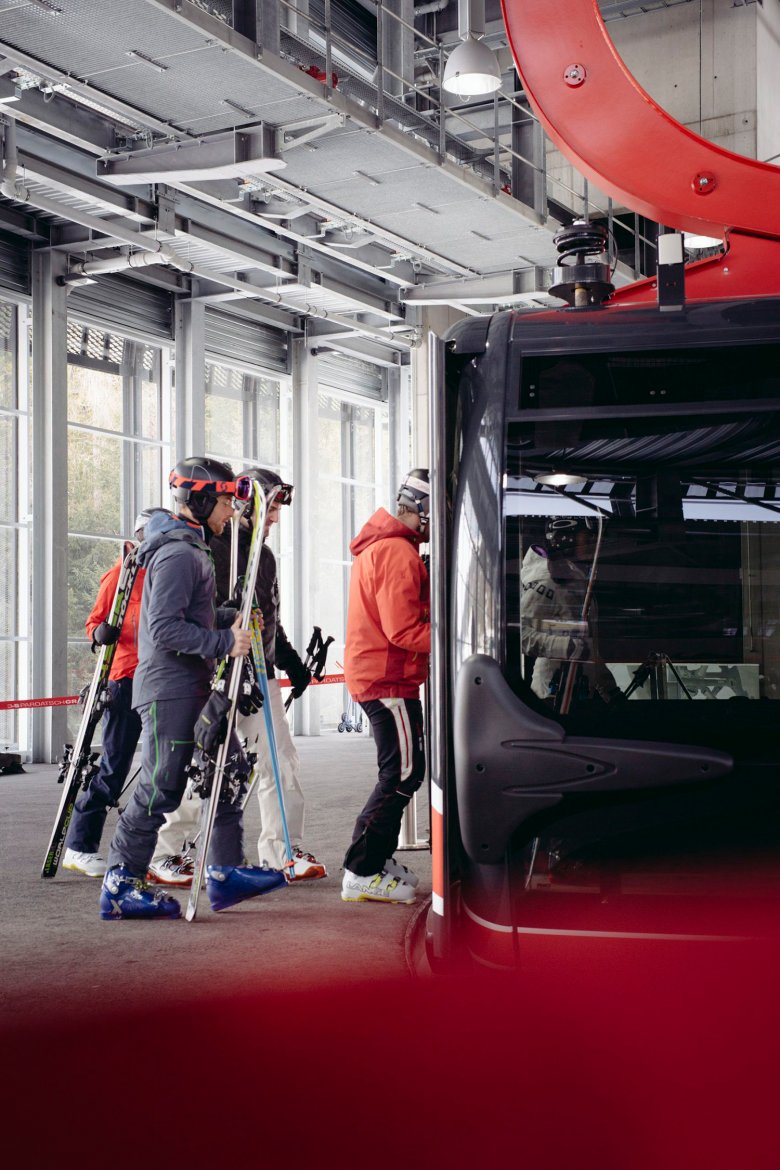
4. Leave Your Car at Home
With a strong and efficient network of highways and roads, traveling to and around Tirol is a breeze. However, the country offers environmentally friendly, hassle-free and convenient train-travel options. Several companies, like Four Seasons, run shuttles from all major train stations, making the connection a cinch. Once you’re at the ski resort, you’ll find it’s easy to go carless with all the free transportation options and easily walkable towns and villages.
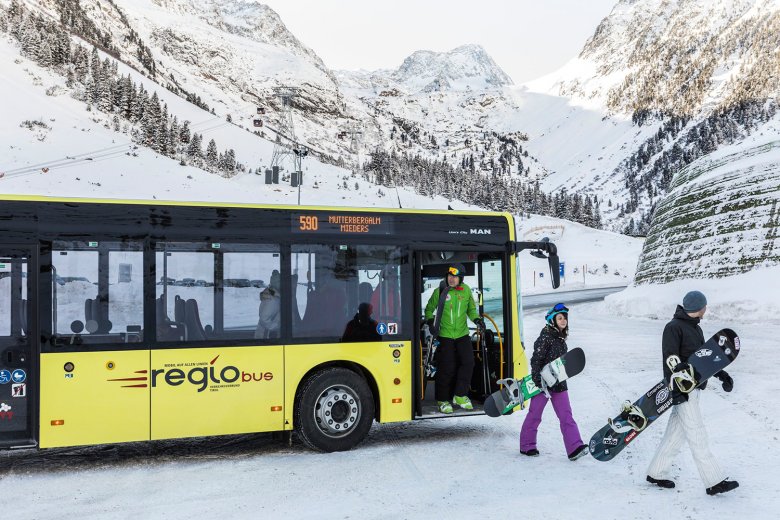
5. How to Carry Your Skis
There’s no clearer tell-tale sign of inexperience than someone who can’t carry their skis properly. Don’t be the gomer corralling skis and poles every which way across your chest. Carry them like a pro over your shoulder with the tips forward. To do so, stand them upright, locked together with their ski brakes, grab beneath the tips with a reverse grip and swing over your right shoulder. Carry skis over tips in front and bindings behind your shoulder, arm rests on top of the skis. Providing counterweight with your forearm frees up your hand to carry your poles.
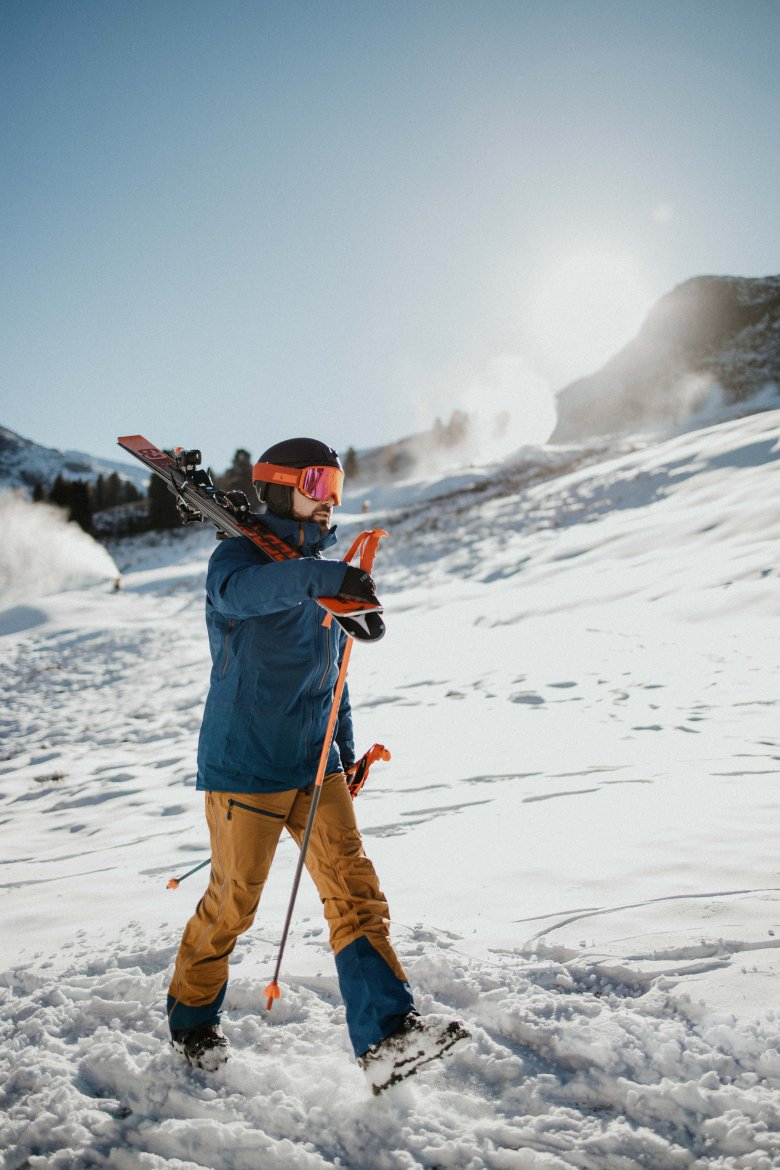
6. Warm Up Prior to Skiing
It appears that most skiers slap on their skis without any warm-up or preparation. A simple warm-up prior to skiing gets the blood flowing, warms the muscles and gets you mentally and physically ready for the day. A few simple exercises like deep knee bends, Jumping Jacks and stretching will enhance performance and minimize the risk of injury.
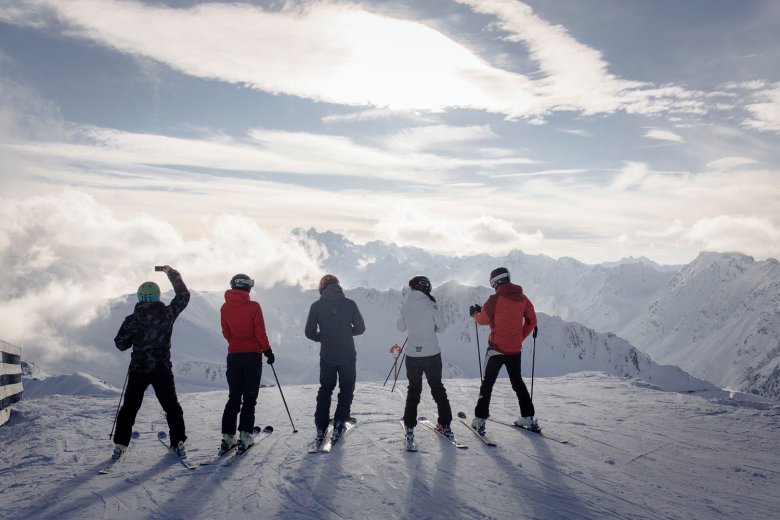
7. How to Avoid Long Waiting Times at the Ski Lift
Every year, ski resorts build new and faster lifts, and yet annoying waiting times might occur again and again. If you want to avoid those and spend as much time on the slopes as possible instead, there are some expedient codes of conduct. It is important to quickly get an overview of the situation and then decide for the right or the left queue. Never queue in the middle, and avoid large groups who slow down the queue because they want to go together. When queueing for the lift, it’s important to stay focused on gaps that are opening up, and fill them up while the other waiting people are still undecided.
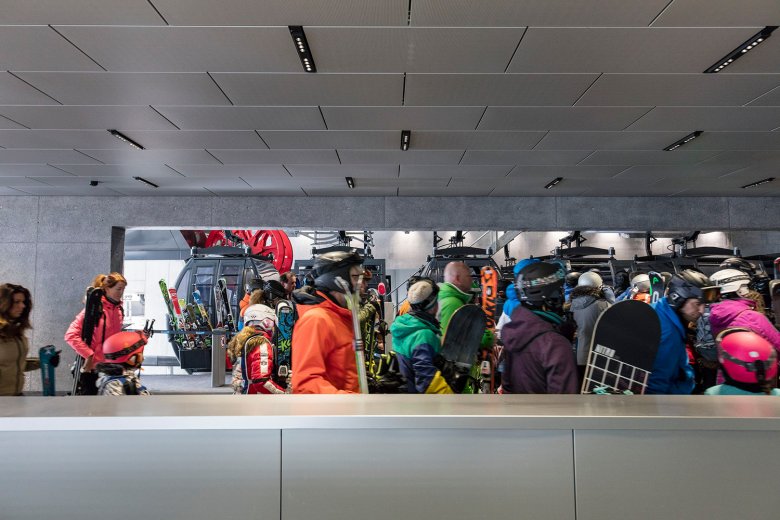
8. How to Defog Your Goggles
Unfortunately, goggles often fog up, making it difficult to see and interrupting your skiing. Goggle fog comes from warm, wet air – like from your head or breath. So putting your goggles up on your head (when you’re hot and sweaty) or tucking your face warmer up too high so it traps your breath is a recipe for disaster. If your goggles do fog up, you need to get dry air into them. However, you can quickly and easily defog your goggles and prevent them from fogging up again by applying a thin coat of pH neutral soap or commercial defogger spray. High-quality snow goggles usually have active anti-fog technology anyway.
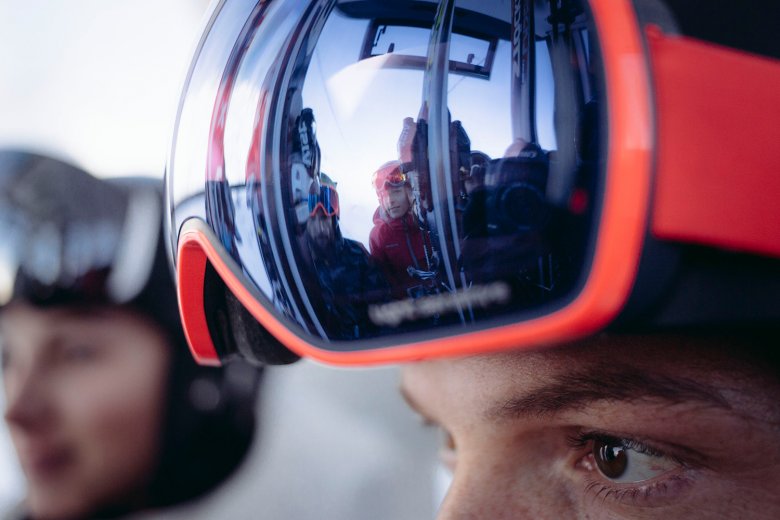
9. Getting Rid of Ski Boot Odour
Do your boots stink when you get home from the slopes? Are you afraid to do anything about it because you don’t want to ruin those nice expensive boots? Fear no more! Here are the answers to your stinky boot problem. Most important: Let your boots dry completely between uses. After wearing your boots, take them off and leave them somewhere well-ventilated to dry out. What works best is a boot dryer as most ski lockers rooms feature. Otherwise, newspaper is very useful for soaking up moisture. Take a couple sheets of your local news and roll them into a tube. Slide them into your boots and the airflow will pull the moisture from your boots allowing them to dry out and smell fresh. Another favorite bunny trick is putting teabags into your boots. They will absorb nasty smells and moisture to get things fresh and ready for the next run. Other steps to help prevent stinky boots include making a pouch out of muslin and fill with bicarbonate of soda, baking soda or cat litter and let it sit overnight. In the morning things should smell a whole lot better.
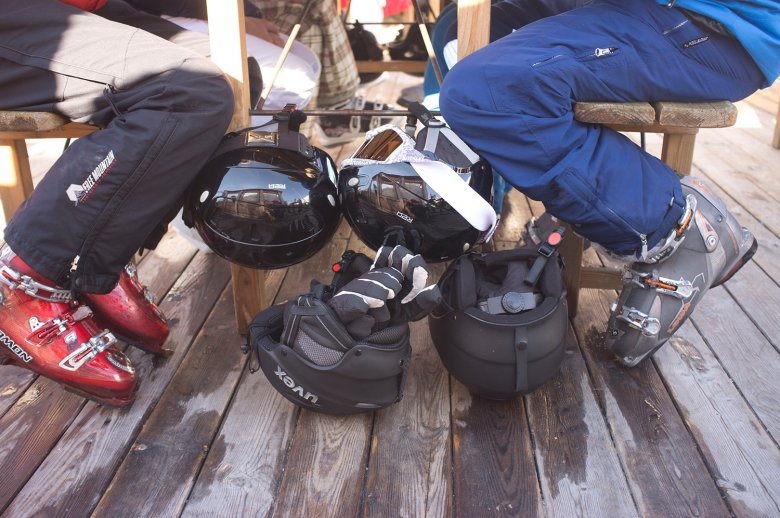
10. How to Keep Your Hands Warm
Ever experienced frostnip? Frostnip usually starts with numbness, tingling or prickling in fingers. As they warm up again, fingers can feel especially painful as the tingling turns to pins and needles – this process is called “Hoanigl” in Tirolese dialect. Sometimes it seems frigid fingers are simply unavoidable. But, cold hands don’t have to result in ski days cut short. There are plenty of ways to keep your hands warm, even on the coldest days. Wear mittens and a pair of thermo-reflective glove liners to seal in the heat. Are you a chronic cold-hander? Buy hand warmers, and you can just store an extra in your jacket pocket for when your hands get cold. And, get the blood flowing. Swing your arms back and forth in a circular motion to get warm blood to your fingertips.
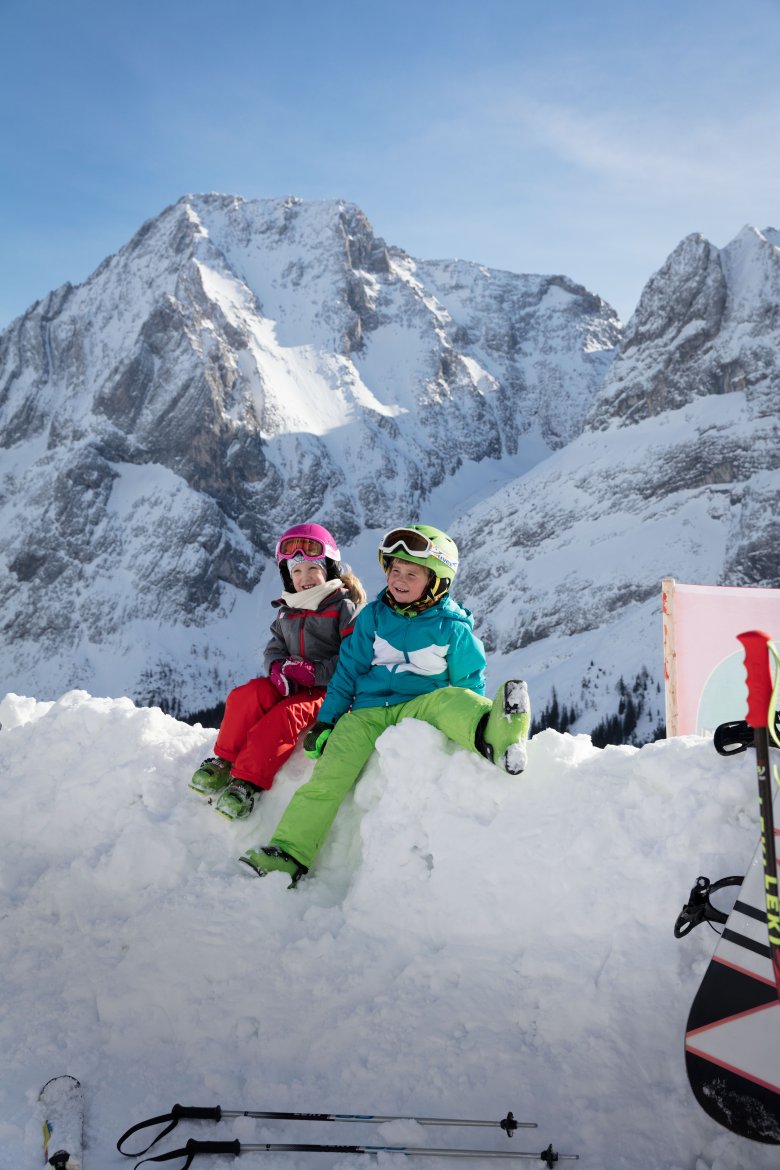
11. Don’t Forget About Sunscreen
Sunscreen is a must in the mountains! Not only does the thin high-altitude air not provide much of a filter for the sun’s rays, but all the white snow reflects the light back up at you so you get a double whammy of UV rays. Even with a cloudy ski, UV radiation is still high and an SPF of at least 20 should be applied. With bluebird days, SPF 50 is strongly recommended. The lips are especially sensitive and often chap due to the constant strain of sun, sweat, wind and coldness. A special combination of suncream and lip balm can help.
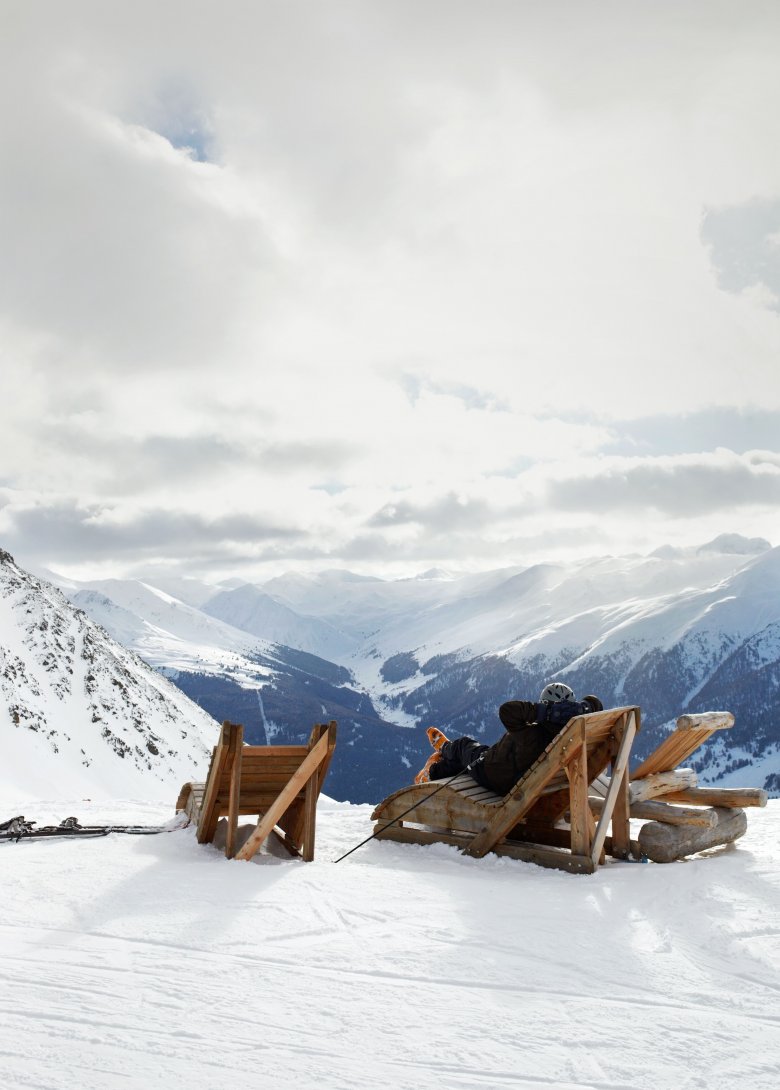
12. Après Ski Happens AFTER You Ski
Just as it’s not OK to drink and drive, it’s not OK to drink and ski. The International Ski Federation (FIS) has developed ‘Rules of Conduct’ that apply to all who use the slopes – the first rule stipulates that a skier or snowboarder must behave in such a way that he or she does not endanger or prejudice others. Of course, we all love a crisp beer or two after skiing with friends. Endorphins pair well with malt barges—or wine—, preferably served outside with some hearty fare. But drinking decorum has been lost. Here’s a reminder of how it should work: Après ski happens AFTER you ski. Learn something from your elders, and start drinking AFTER a day of epic skiing and riding – here is one of the top picks around the country.
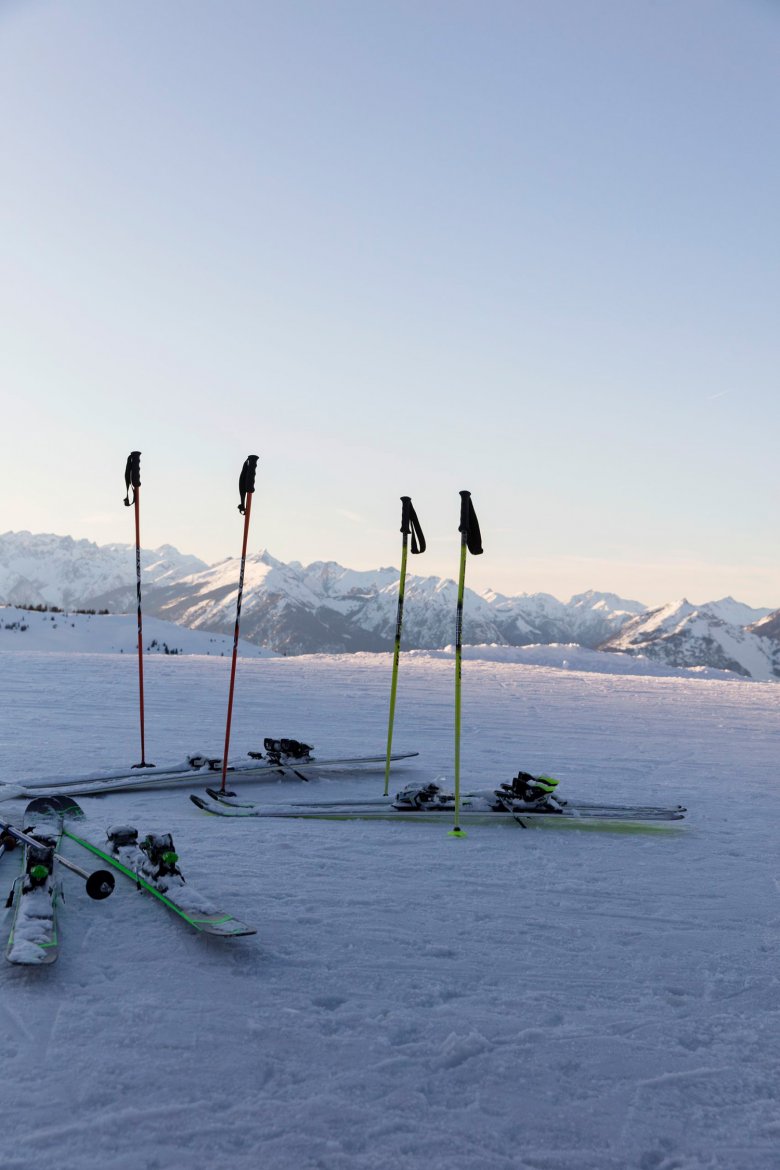
13. Look for Special Family Promotions
Savvy skiers traveling with youngsters in tow can save big by searching for kids-ski-free promotions. Throughout Tirol, infants ski free at most practice lifts and many ski areas enable kids to ski free with a paying adult. Family-friendly resorts like SkiWelt Wilder Kaiser-Brixental, Serfaus-Fiss-Ladis or Hochötz offer ski tickets that are transferable. Thus one parent can stay with the little ones, while the other is having a great time on the slopes. Here are the best options for families looking to create lasting memories in Tirol this winter.
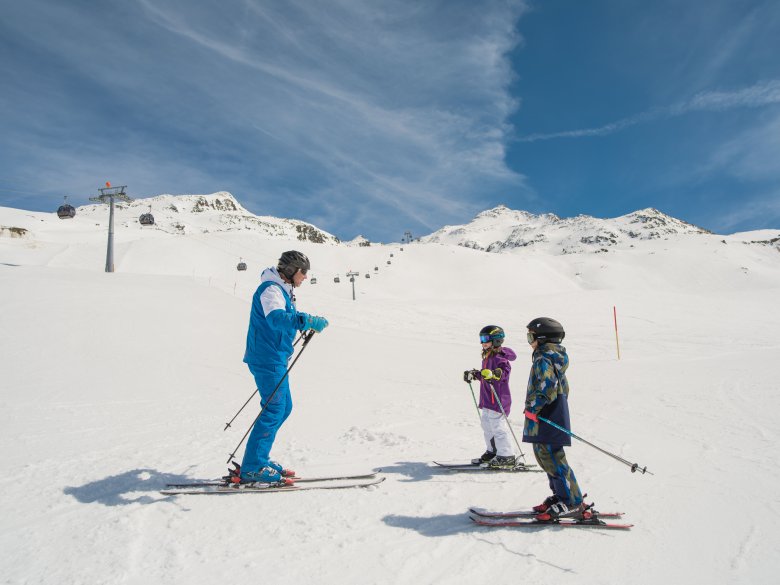
14. Be the First to Hit the Slopes
Be the first to load the lifts and take advantage of perfectly groomed corduroy: „First Tracks“ mornings are a special experience at ski resorts throughout Tirol. A limited number of skiers and riders can load the gondolas and lifts at 7:30am and get exclusive early-morning access to the mountain before anyone else. This is an awesome chance to ski groomed runs before the lifts officially open for the day. By 9:00am, you can make your well-earned on-mountain stop for some coffee and breakfast goodies.
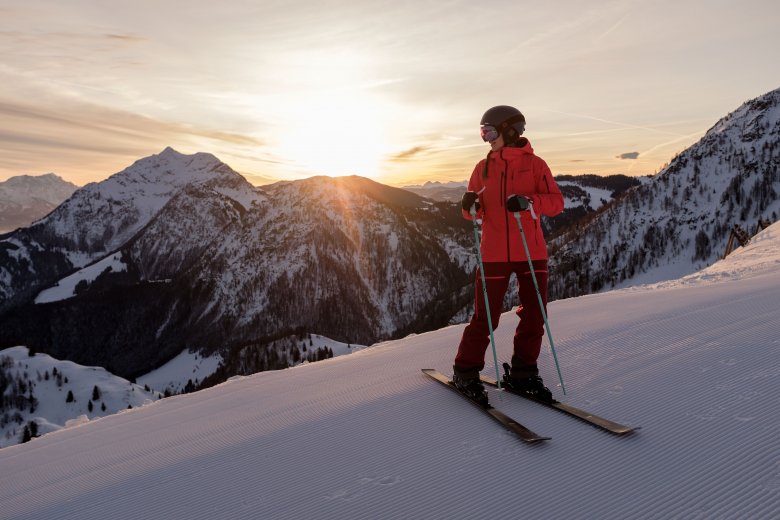
15. Consider Spring Skiing
Thinking outside the box can yield great snow conditions: Choosing the last weeks of the ski season rather than the peak season can work out very rewarding. Skiing in April is better value and quieter—you’ll find fewer people and shorter lines and the tradeoff is often untouched powder and enough room to actually get in some turns, along with sunny, warm bluebird days. By considering one of Tirol’s superb glacier ski resorts, you can extend your ski season well into spring.
Here are 12 Reasons to Love Spring Skiing in Tirol.











